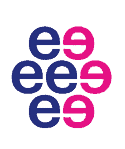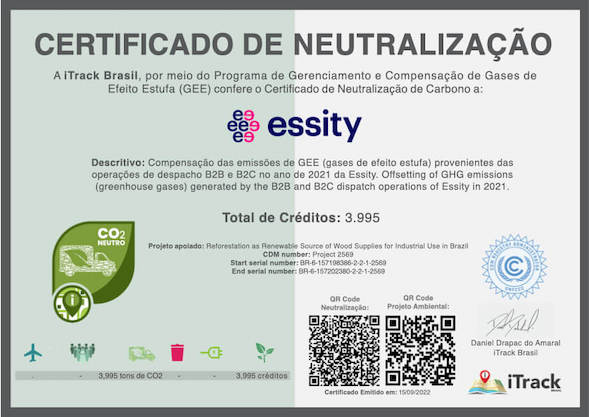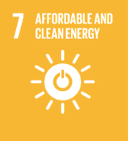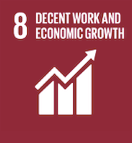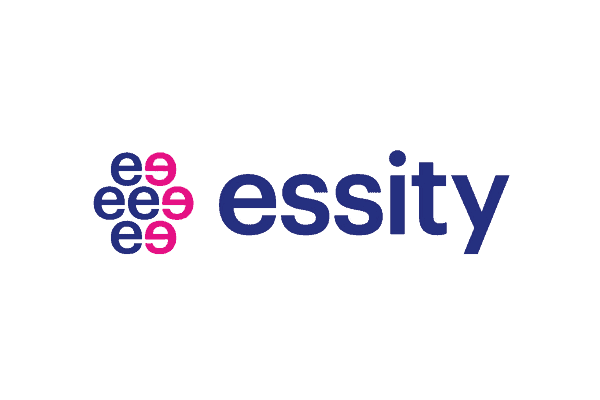Data Source: Essity Logistics
❑ Inventory Calendar Year: 2021
❑ Scope: National (Brazil)
❑ Business Model: B2B and B2C
❑ Mode: Road
❑ Types of goods: Miscellaneous
❑ Types of cargo: Closed and Fractionated
❑ Shipping Location: CD Jarinu
❑ Scope of emissions: 03
B2B:
100% of deliveries/collections carried out by Essity in 2021 were carried out at from the state of São Paulo being the same state responsible for the largest number of orders, volumes and gross weight. In 2021 were traveled more than 24.4 million kilometers with equipment mobile combustion for the delivery of 27,652 requests.
B2C:
100% of deliveries/collections carried out by Essity in 2021 were carried out at from the state of São Paulo being the same state responsible for the largest number of orders, volumes and gross weight. In 2021 were traveled more than 22.5 million kilometers with equipment mobile combustion for the delivery of 43,370 requests.
Through the voluntary carbon credits market, Essity offset 100% of its respective emissions,
that is, the company is entitled to use the CO2 Neutral seal, thus formalizing an ESG action in practice:
Understanding the size of the risk and the urgency of preserving this habitat
Flora: More than 700 species registered (Içara and Aroeira are endagered)
Birdlife (Avifauna): More than 500 species reported
Mammals: More than 100 species reported
Relevant species (endemic, endangered, etc.): More than 30 species reported
Some of endangered mammals species protected by this project

Anta/South American tapir (Tapirus terrestris)
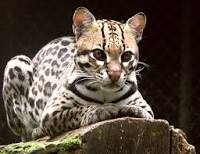
Jaguatirica/Ocelot (Leopardus pardalis)
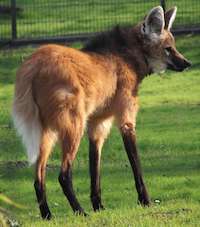
Lobo-guará/Maned wolf (Chrysocyon brachyurus)
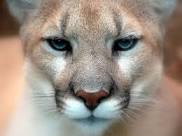
Onça-parda/Cougar (Puma concolor)
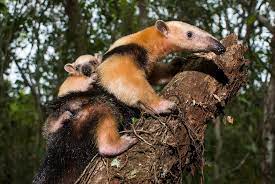
Tamanduá-mirim/Southern tamandua (Tamandua tetradactyla)
Some of endangered birdlife species protected by this project
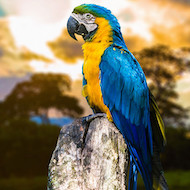
Arara-canindé/Blue-and-yellow macaw (Ara ararauna)

Ema/Greater rhea (Rhea americana)
Understanding ecosystems in depth
The Jacaré/Riachão and Buriti Grande farms are located in the savannah region (cerrado), which is defined as a xeromorphic vegetation type, mostly occurring in seasonal climate (circa six months dry).
The predominant form is the cerrado on Cambisol include the “campo cerrado”, “campo limpo”, “veredas”, “campo rupestre”. The “vereda” formation occurring in the region does not present the “Buriti” tree species (Mauritia flexuosa), probably because of the local altitude
limitations.
The conversion of native vegetation to grasslands and other land-uses took place in the region decades ago. The spatial configuration of the cerrado protected and conserved through ecological corridors served to reduce the isolation of the landscape.
The eucalyptus plantations in Jacaré/Riachão and Buriti Grande farms are on pastureland that is dominated by the brachiaria forage crop. When establishing the pastureland, the land owners kept some small islands of native vegetation (locally called “moelas”). These areas are preserved under the plantation activity and around them the project entity established fire breaks.
The cerrado vegetation is located alongside the natural drainages, whose soils have high physical and chemical limitations. However, these areas are important for preservation purposes because of their landscape diversity. The project entity, intends to preserve
the areas of high diversity under the preservation areas. A program for interconnecting preservation areas is being implemented under the project, and will form the basis for biodiversity conservation in the region. While implementing the ecological corridors project there is a possibility to eradicate eucalyptus trees that were established by the project activity and are currently located within the project boundary.
Those eucalyptus areas could be removed to give room to the establishment of ecological corridors.
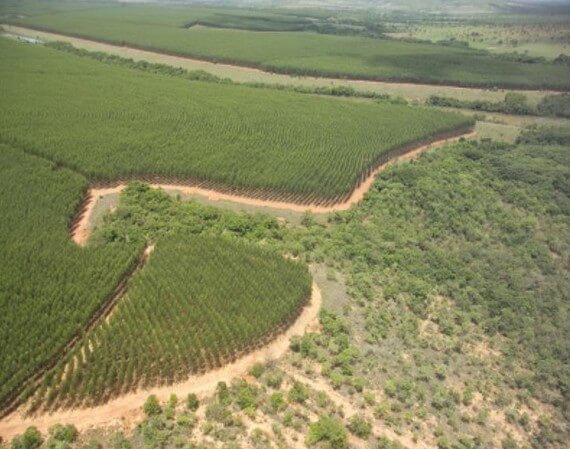
UNFCCC (CDM) Project 2569
Project invested by Essity
The Project 2569 (Reforestation as Renewable Source of Wood Supplies for Industrial Use in Brazil) is expected to result in various social and environmental benefits, as per its sound Monitoring Plan. As detailed in the Annex 6 of this PDD the project activity contributes to the generation of more than one thousand direct jobs. There is a significant gender component, with a larger participation of women in the production of cloned sprouts. In addition, several indicators on biodiversity (fauna and flora), soil conservation, water and social aspects have been incorporated and will be subject to monitoring throughout the project’s lifetime (see Annex 4). One third of the total areas involved in the project entity farms are devoted to the preservation and regeneration of native cerrado vegetation. This is the second largest biome of the country and many environmental and scientific groups considers the cerrado as one of the most important Brazilian “hot spots” once only 20% of its original area is conserved in its natural state5 . The multiple benefits of the project arise from long-term backward and forward linkages within the iron industry supply chain. It integrates rural and industrial development through the production and use of renewable biomass, in an industry locked in fossil fuels (see Unruh, 2000). The proposed project is a pioneer activity within its sectoral scope and it possesses a substantial potential to be replicated by other organizations in Brazil, in Latin America and the Caribbean as well as in many African and Asian developing countries. The project and its sustainability indicators are a first-of-a-kind experience in the Brazilian iron industry, clearly contributing to the CDM’s sustainable development dividend at an industrial scale.
sectorial scope
Afforestation and Reforestation
Biome
Mata Atlântica
City/Town/Community
Municipality of Belo Horizonte (headquarters), Municipalities of Curvelo6 , Felixlândia, Morada Nova de Minas, all in the State of Minas Gerais.

STANDARD
UNFCCC (CDM)

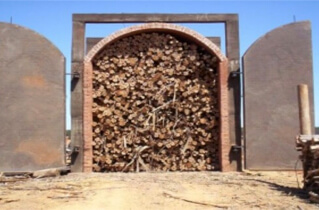
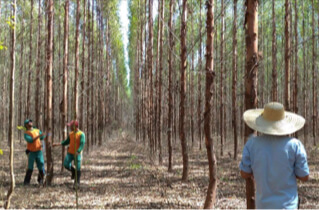
Sustainable Development Goals
The Sustainable Development Goals are the blueprint to achieve a better and more sustainable future for all. They address the global challenges we face, including poverty, inequality, climate change, environmental degradation, peace and justice.
The Project 2569 (Reforestation as Renewable Source of Wood Supplies for Industrial Use in Brazil) has the premised on achieving these 6 SDG’s.
SDG's
The Project 2569 (Reforestation as Renewable Source of Wood Supplies for Industrial Use in Brazil) has the premised on achieving these 6 SDG’s:
Goal 7: Affordable and Clean Energy
Goal 8: Decent Work and Economic Growth
Goal 9: Industry, Innovation and Infrastructure
Goal 12: Responsible Consumption and Production
Goal 13: Climate Action
Goal 15: Life on Land
Amount of Reductions (Project#2569)
metrics tonnes CO2 equivalent per annum
Description of the proposed A/R CDM project activity

The establishment of plantations as a renewable source of energy for industrial needs is expected to result in a twofold benefit to the climate: (i) generation of carbon stocks and GHG removals by sinks additional to those that would occur in the absence of such plantations, and (ii) use of sustainable sources of biomass in place of fossil fuels and non-renewable biomass to reduce GHG emission in one of Brazil’s major industrial sector, i.e. the iron and steel industry. Whereas 98.55% of the world’s iron ore reduction in blast furnaces was undertaken using coal coke, only 0.73% of the global iron production in 2005 used charcoal from renewable biomass from planted forests supplies as the reducing agent (Research on IISI 2006; SINDIFER, 2006 and AMS, 2006)1 .
Both of the above mentioned benefits have been integrated into a single and first-of-a-kind project under implementation by the project entity, i.e. the establishment of plantations to supply all of its iron production with charcoal from renewable wood supplies instead of GHG intensive reducing agents. The project’s integrated activities are implemented in response to the CDM incentive, which will allow the project entity to overcome the constraints to the supplies of sustainably produced biomass2 .
As the harvesting of the project plantations established in 2000 commences in 2007/2008, the project entity will be the first of its kind to have 100% of its iron production based on renewable charcoal. The establishment of plantations to supply renewable biomass within the scope of this A/R project activity started in 2000. They cover an area of 11 711.37 hectares3 and the first harvests will take place after 7 years, followed by successive coppicing-periods of 7 years, as per the species’ rotation. The project is expected to last for approximately 30 years (2000-2029). A single 30-year crediting period is adopted, under the tCER approach.
The project consists of newly established Eucalyptus reforestations on 11,711 ha in the Brazilian State of Minas Gerais. The intention of the project owner is to use the wood produced in a 7 year rotation cycle for charcoal making, which is then used for charcoal production. Corresponding lands were newly acquired by the participant Plantar for this purpose. The information presented in the PDD on the technical design is consistent with the actual planing and implementation of the project activity as confirmed by: • Review of data and information (Annex 2). This was verified with other sources if available. • An on-site visit has been performed and relevant stakeholder and personnel with knowledge of the project were interviewed. If doubts arose further investigations and additional interviews were conducted. • Finally, information related to similar projects or technologies as the CDM project activity have been used (if available) to confirm the accuracy and completeness of the project description. In conclusion, TÜV SÜD confirms that the project description, as included to the PDD, is sufficiently accurate and complete in order to comply with the requirements of the CDM.
